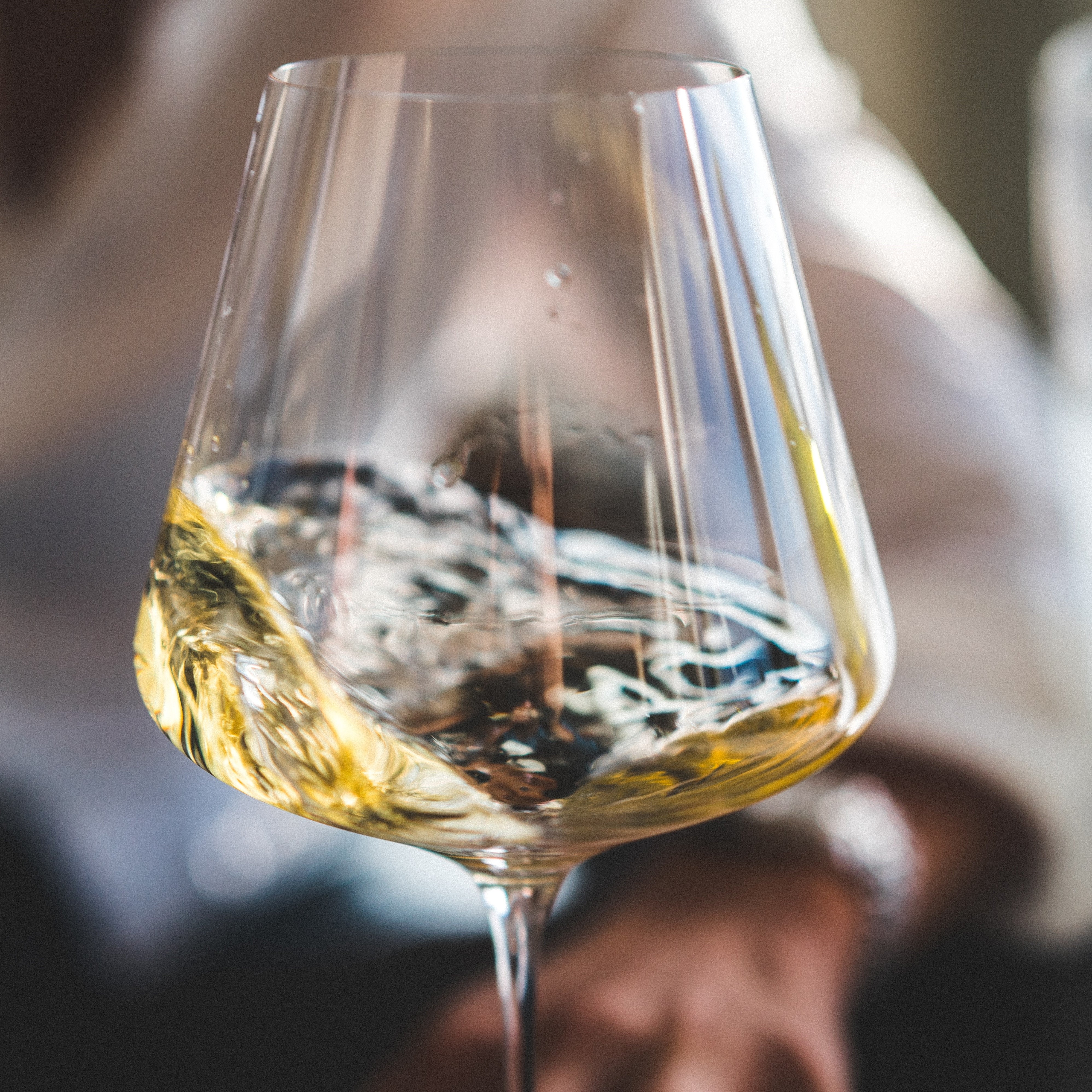Cava: that's behind Catalonia's flagship
Cava is usually made from three white grape varieties. The Macabeo, also known as Macabeu or Viura, gives the sparkling wine its typical apricot and berry aromas as well as floral notes. The Xarel-lo gives acidity and the Parellada vine contributes fresh apple, quince and citrus notes. This is how the Spaniard gets his sparkling liveliness. Incidentally, the warmer it was in the year of harvest, the more pronounced the apricot aromas are, while the quince is more prominent in cooler vintages. Of course, the taste also depends on other factors, such as the alcohol content and the residual sugar content, for which there are the following categories:
- Brut zero: no sugar
- Brut nature: 0 to 3 grams of sugar per liter (no added sugar)
- Extra brut: 0 to 6 grams of sugar per liter
- Brut: 0 to 12 grams of sugar per liter
- Extra secco: 12 to 17 grams of sugar per liter
- Secco: 17 to 32 grams of semi-secco: 32 to 50 grams of sugar per liter
- Dulce: more than 50 grams of sugar per liter

It tastes best with it
The fresh, fruity citrus notes of cava make it the ideal accompaniment for all types of fish, seafood and light summer salads. It also goes well with fish soup (such as bouillabaisse) or as an aperitif and with small starters and appetizers.
...for a noble barbecue with grilled fish: Cava Codorniu Reina Maria Cristina
...as a gift for the father-in-law (because this drop is particularly popular with men): Casa Rojo Cava Molto Negre
...for the next picnic: Segura Viudas Cava Brut Reserva Piccolo
...for an unforgettable evening with the girls: Cava Anna de Codorniu Rosé
Cava is that good...
...or matured like this: The sparkling wine is produced in three quality levels and labeled accordingly. Even the simple Cava matures for at least nine months, a Cava Reserva at least 15 months and the Gran Reserva even at least 30 months before it is sold.

Spain vs. France: How champagne stole the name from cava
Originally, Cava was named after its French brother and referred to as "Champán" or "Xampán". However, when Spain joined the European Union in 1986, France insisted on a name change for the product. From then on it was simply called Cava after the cellars in which it matured.
In contrast to the Spanish bodega wines ("bodega" means a ground-level building), which are stored above ground, a cava is underground on the yeast. The cool temperatures support the maturation process of the sparkling wines particularly well.
The Cava Criteria
You want to know exactly? The Spanish sparkling wine is protected as "Denominación de Origen Cava", i.e. as a quality designation. In contrast to the protected designation of origin, this does not determine the local origin of the wine, but rather the production regulations that begin with the cultivation of the vines.These are the strict regulations under which a cava must be produced:
Approved grape varieties
A total of nine grape varieties are permitted for Cava production. The three varieties mentioned above (Xarel-lo, Macabeo, Parellada) also include Chardonnay and Malvasia, as well as the red grape varieties Garnatxa, Monastrell, Trepat and Pinot Noir.

Approved Places
Cava D.O. is not a protected designation of origin, but only 270 wineries in 159 locations in Spain have permission to produce the sparkling wine. Most of the production facilities are located in the Catalan Penedès with the "cava capital" Sant Sadurní d'Anoia.
Pressure, alcohol and acidity
The base wine for the cava must have an alcohol content of 9.5 to 11.5 percent. The finished cava then has an alcohol content of at least 10.8 percent and a maximum of 12.8 percent and an acid content of at least 5.5 grams per liter. In addition, at 20 °C there must be at least 3.5 bar pressure on the bottle.
Further specifications relate e.g. B. on the plant density and the yield in kilograms per hectare of vineyards. This ensures that only high quality and aromatic grapes find their way into the cava.
Here you will find our winning cavas in the price-performance ratio:
Top offers Cava



Leave a comment
This site is protected by hCaptcha and the hCaptcha Privacy Policy and Terms of Service apply.